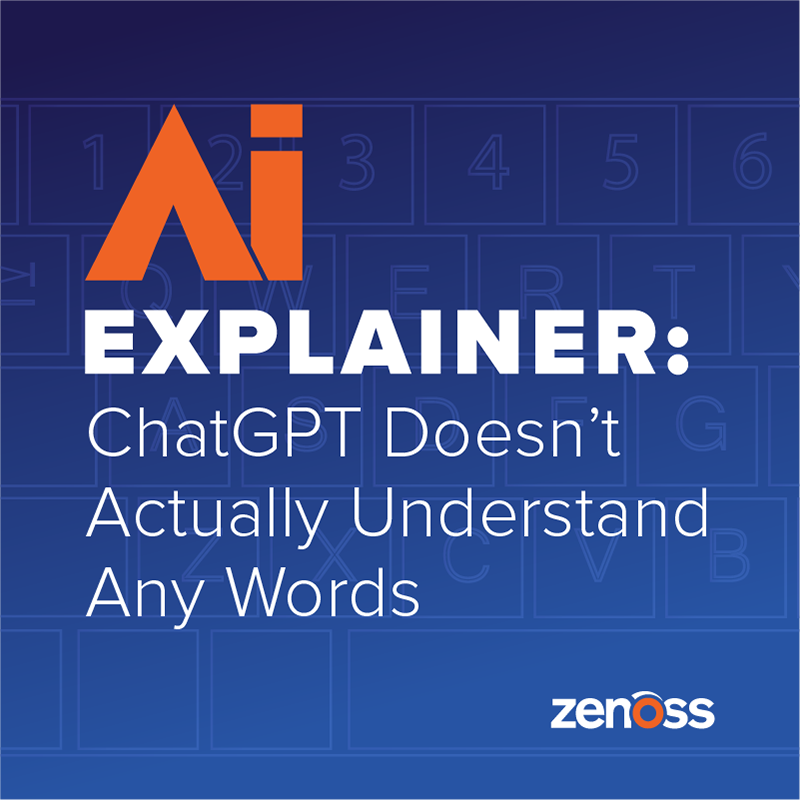Computers understand numbers. So, how do large language models (LLMs) mimic human speech? Do LLMs like ChatGPT actually understand words? The short answer is no.
LLMs process and represent words using numerical embeddings. These numerical representations enable the model to perform computations, make predictions and generate text. However, it's essential to clarify that the model doesn't possess a true understanding of words in the way humans do.
Here's a breakdown of the process:
- Word Embeddings: Words are converted into dense numerical vectors known as embeddings. These embeddings are representations in a high-dimensional numerical space, where the distances and relationships between vectors capture semantic information. The embeddings are learned during the training phase of the model.
- Computations: The model operates on these numerical embeddings, performing computations through layers of neural network architecture. These computations involve weighted sums, nonlinear transformations and other mathematical operations.
- Prediction: In tasks like language modeling or text generation, the model makes predictions about the next word or sequence of words based on the context provided. During training, the model learns to adjust its parameters to minimize the difference between its predictions and the actual words in the training data.
- Translation to Words: The final step involves translating the numerical output back into human-readable words. The model selects words based on the probabilities assigned to each word in its vocabulary.
While the model can generate coherent and contextually relevant text based on its training data, it's crucial to emphasize that this process is purely computational. The model lacks true comprehension, consciousness or awareness of the meaning of the words it processes. It doesn't "understand" language in the way humans do; rather, it learns statistical patterns and associations from vast amounts of text data.
The success of language models like ChatGPT lies in their ability to capture and reproduce patterns in language, allowing them to generate text that appears natural and contextually appropriate. However, their understanding is fundamentally different from human understanding.
In a way, this makes LLMs that much more impressive to me. The models do not understand language at all, yet can pass the bar exam (for example) and can have very humanlike conversations. But this also helps explain how LLMs, which appear so intelligent, can be so wrong about simple things. It’s because they don’t know the language at all. They are purely producing computational numerical guesses at the most probable numerical output, based on the input given. Then translate that to some word based on probabilities. I just find it fascinating to consider the inner workings of LLMs as I’m interacting with them.
I hope you found this helpful. Please subscribe to the blog (at the top, on the right) to get more posts in the "AI Explainer" series.










